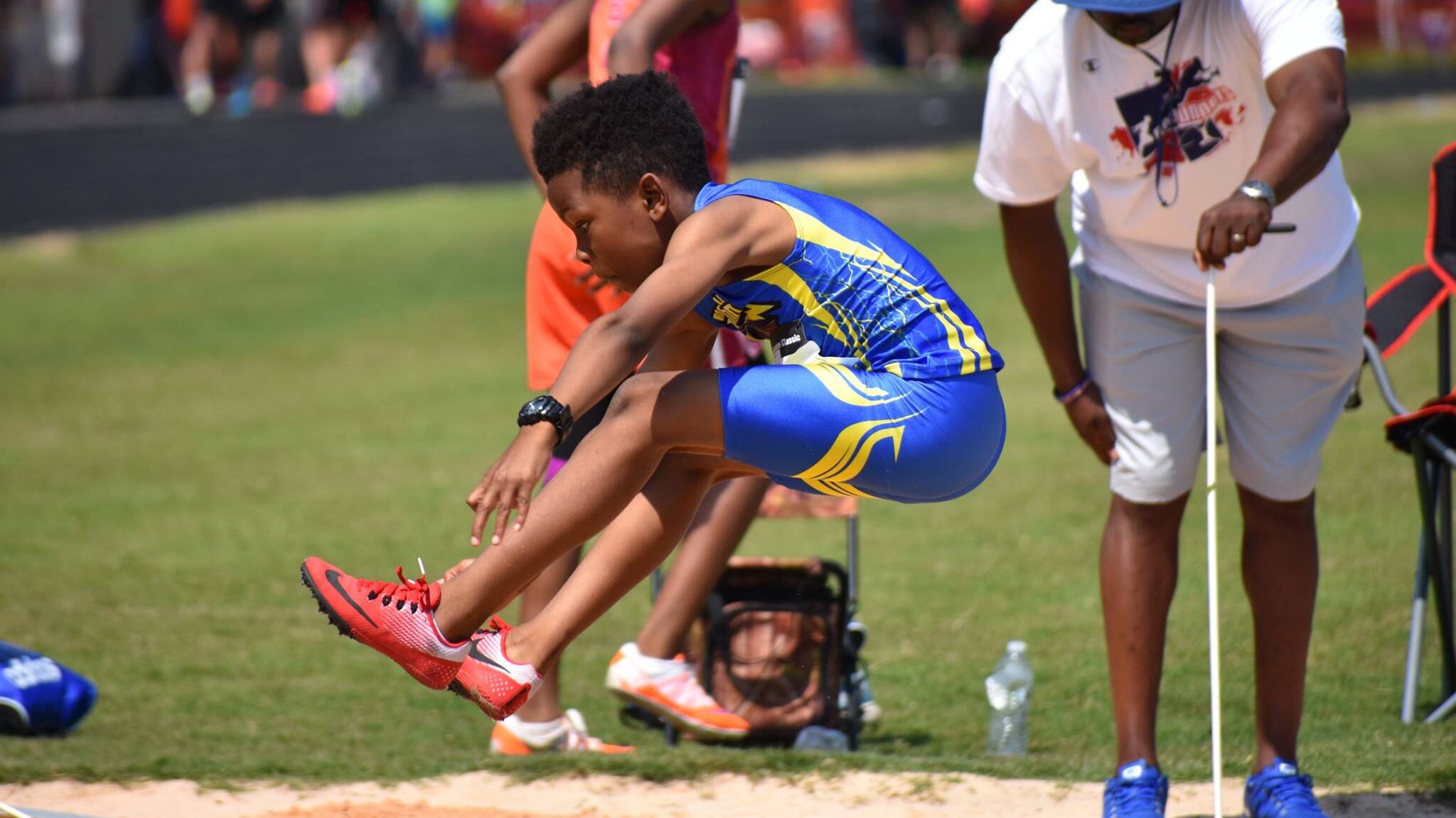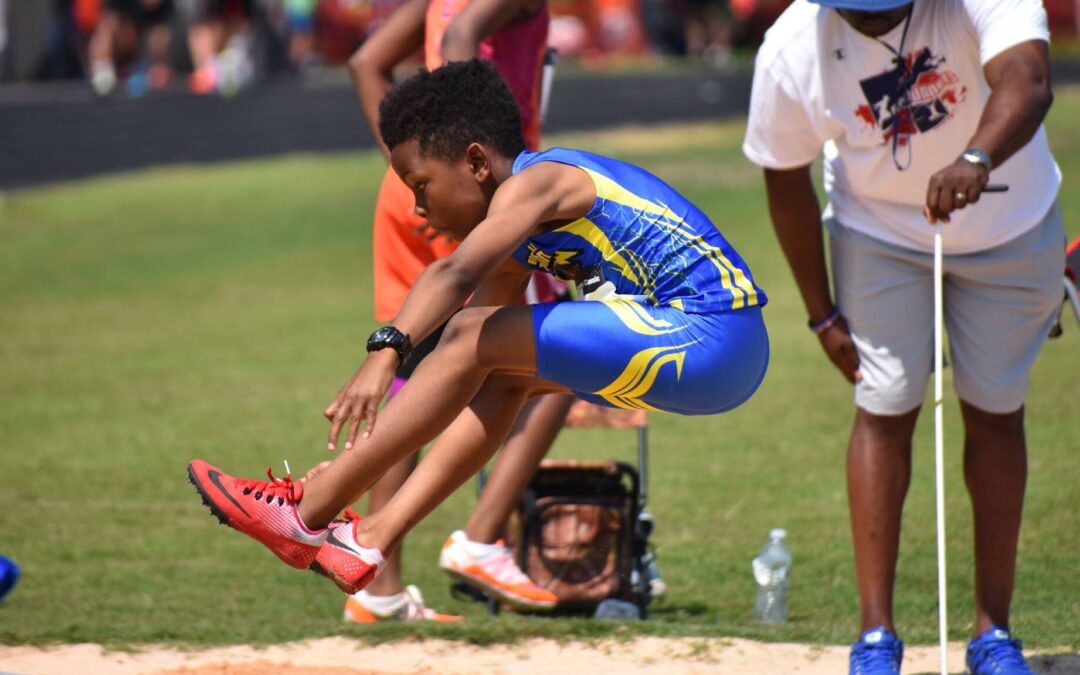Eithout proper preparation and care, running can lead to injuries that hinder your progress at Rolesville Lightning. Whether you’re a seasoned athlete or a beginner, understanding common running injuries, their causes, and how to prevent and treat them is essential for staying on the track in competition shape.
Common Running Injuries
- Impact and Overuse Injuries:
- Runner’s Knee (Patellofemoral Pain Syndrome): Pain around or behind the kneecap, worsened by running downhill or stairs.
- Shin Splints (Medial Tibial Stress Syndrome): Pain along the shinbone due to repetitive stress, often from sudden increases in mileage or hard surfaces.
- Achilles Tendinitis: Inflammation of the Achilles tendon from overuse or abrupt changes in intensity.
- Plantar Fasciitis: Inflammation of the foot’s plantar fascia, caused by overpronation or tight calf muscles.
- Improper Warm-up and Stretching:
- Muscle Strains: Result from overstretching or inadequate warm-up before running.
- IT Band Syndrome: Inflammation of the iliotibial band (a band of tissue that runs outside the hip, thigh and knee), exacerbated by poor stretching or running on uneven surfaces.

Preventing Running Injuries
- Proper Warm-up and Stretching:
- Begin each run with a dynamic warm-up to increase blood flow and loosen muscles.
- Incorporate dynamic stretches like leg swings and high knees to prepare muscles for activity.
- Utilize proper stretches, especially those that pertain to any specific pain or injury you have.
- Cool down with static stretches to maintain flexibility and prevent muscle tightness after running.
- Gradual Progression:
- Increase distance and intensity gradually to allow your body time to adapt.
- Give your body appropriate time to rest between sets and reps.
- Avoid sudden spikes in training volume or intensity, which can stress muscles and joints.
- Footwear and Form:
- Choose running shoes that offer adequate support and cushioning for your foot type and running style.
- Focus on good running form to reduce impact on joints; avoid overstriding and heel striking.
Treating Running Injuries
- Rest and Recovery:
- If you feel pain, rest to allow tissues to heal. Substitute with low-impact activities like swimming or cycling.
- Apply ice to reduce inflammation and swelling, especially within the first 48 hours after injury.
- Physical Therapy and Rehabilitation:
- Consult a physical therapist for exercises to strengthen muscles and improve flexibility.
- Use foam rolling or massage to relieve tightness and aid muscle recovery.
- Medical Consultation:
- In severe cases or persistent pain, seek medical advice for diagnosis and treatment options such as orthotics or surgery.
Conclusion
Running injuries can disrupt your training, but with proper precautions and treatment, you can minimize their impact on your fitness journey. Prioritize warm-up, gradual training progression, and listen to your body’s signals for early injury prevention and effective recovery. Remember, a balanced approach to running and recovery supports long-term enjoyment and success in your running pursuits.

